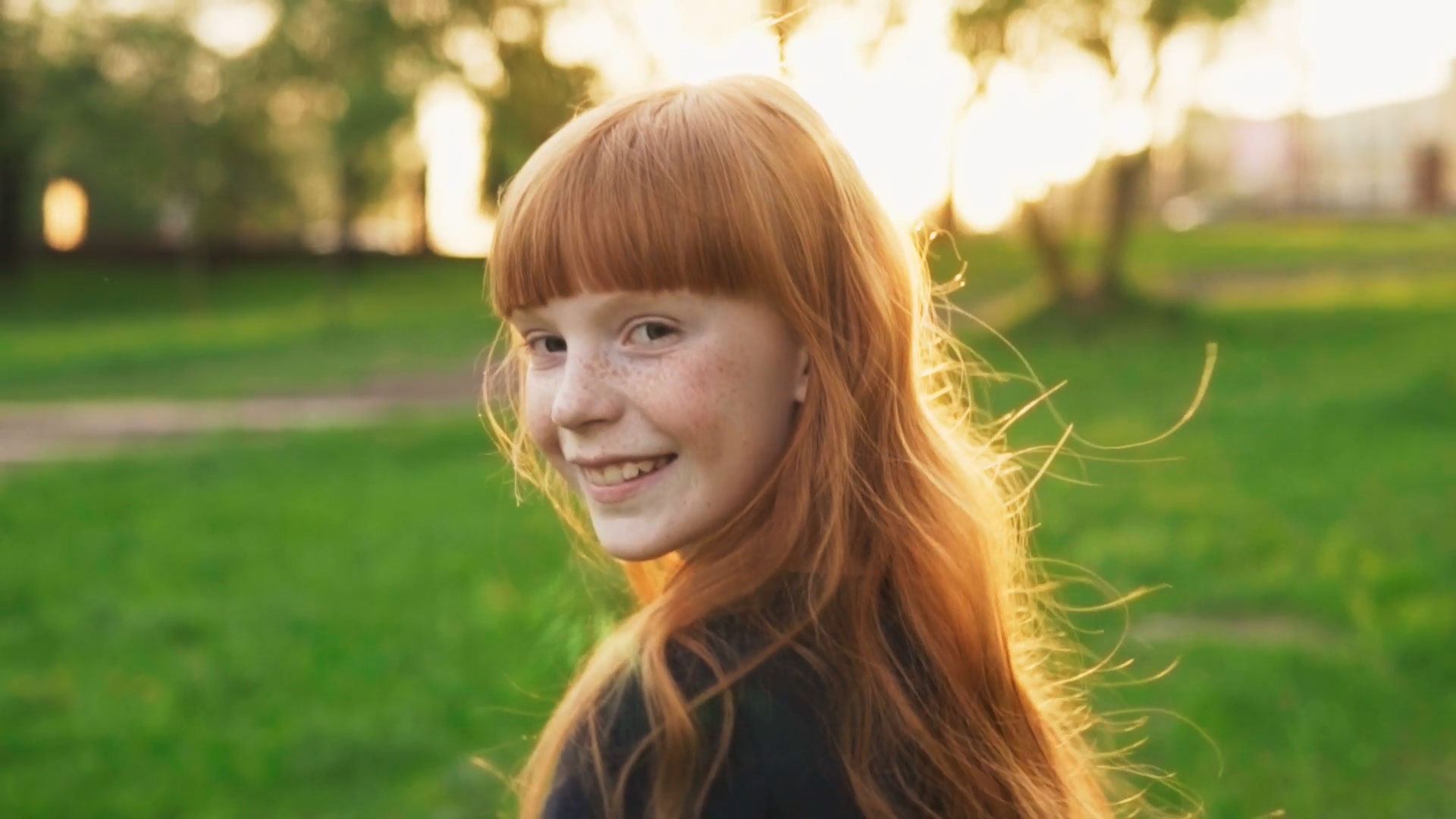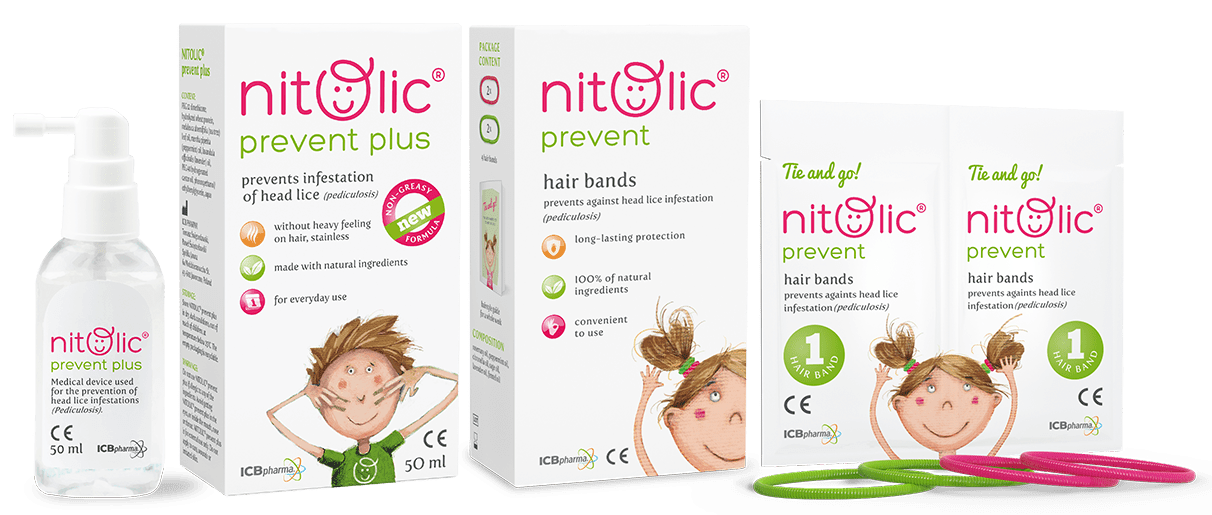
Head lice infestation spreads easily at schools and kindergartens. The growing number of infections is associated with increased activity of children and travelling especially during summer vacations and winter breaks. It occurs most of the time as a result of direct head-to-head contact, which can take place during playdates and sport activities. An example of indirect way of getting lice is to use infested combs and hairbrushes, hats, but also bed linens and towels.
Nitolic® prevent plus prevents the spread of lice and protects children against infection.
Explain your child that hats, combs and hair accessories should not be borrowed from other children. Longer hair should be combed into a ponytail or braid which will reduce the risk of infestation. Check your child’s hair at least once a week or even every day if head lice infestation has been reported at school or daycare. Use Nitolic® prevent plus regularly to protect from head lice infestation.
Nitolic® prevent plus creates a protective film on the hair surface which stops colonization of the parasites and settlements of eggs.

Infestation among children is most often caused by a direct head to head contact while playing time and hugging.